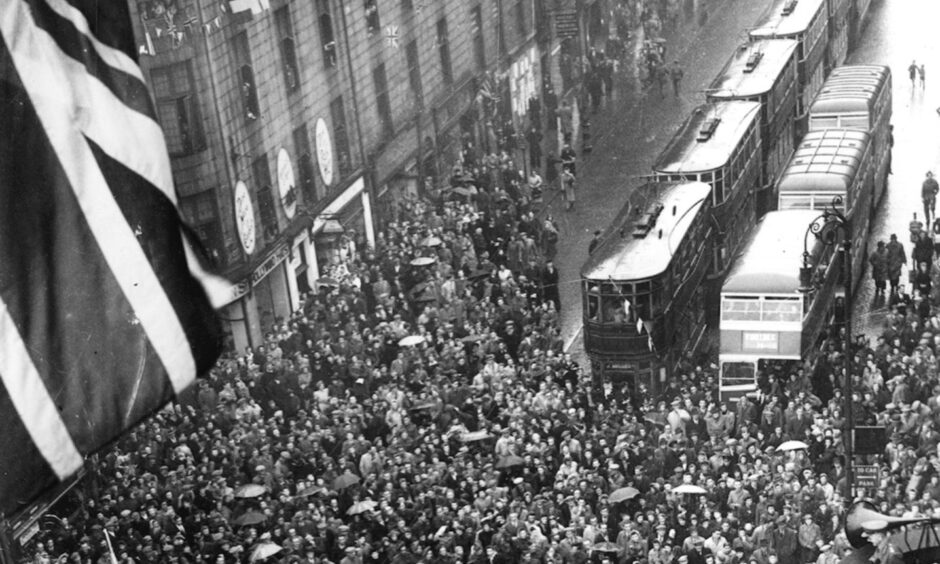
People across the north and north-east of Scotland awoke with a smile on their face on the morning of May 8, 1945.
As the Press and Journal reported the news of how Germany had surrendered and the Prime Minister Winston Churchill was poised to address the nation at 3pm, the feeling of exhilaration and relief was overwhelming.
Victory was secured in Europe
However, our headline – which simply read V-Day – reflected the reality that the conflict still wasn’t over in many parts of the world and particularly the Far East.
A small paragraph on the front page of the edition pointed out: “The war lasted 2,094 days – 526 days longer than World War I”.
But the paper also reported that allied diplomats were continuing their efforts to broker a peace deal with the Japanese, which dragged on until the end of the summer.
Understandably, that didn’t cast a veil over the celebrations which were held everywhere from Aberdeen and Inverness to Oban and Orkney and across the Mearns, the Western Isles and the Highlands, whether in large communities or tiny hamlets.
In Aberdeen, there were street parties throughout the city, while thousands of people flocked to Union Street and the Castlegate.
‘The war was a just war’
As the late Aberdeen veteran Eric Johnston, who fought on the beaches of Normandy in 1944, recalled: “There never was a day where so many strangers walked together, sang together, and where everybody shook hands and enjoyed the fact we had won a war which was a just war.
“Many people went to church in the morning and, although it was a Tuesday, the hymns and prayers rang out. I heard from my friends that it was the same all across Scotland.
“Of course, the pubs were open and plenty of folk enjoyed a beer and a dram, but my main memory of that day was of people coming together as one big community.”
The festivities were grander in some places than others.
With strict rationing still in place, not everywhere could stretch to staging big events, yet there was no shortage of wood for the bonfires which burned effigies of Adolf Hitler as the day progressed.
The trams were full of song
The trams which ran in Aberdeen often resembled something from a Hollywood musical with passengers breaking into spontaneous renditions of songs ranging from The Northern Lights to the National Anthem and We’ll Meet Again.
VE Day was a public holiday, as indeed was May 9, but, behind the scenes, there were positive developments for those who lived around the coast and, in many cases, had become wearily accustomed to life under blackout regulations.
As the P&J reported: “The Secretary of the Admiralty has announced that lighting restrictions in the coastal areas are no longer necessary for defence purposes and they are now removed for the whole country.
“The news will be hailed with delight in Aberdeen and other north-east areas where the blackout has been in force since the beginning of the war.”
Even Oor Wullie celebrated VE Day
It wasn’t just adults who were allowed to let their hair down and join the party.
Youngsters were given time off to join in the celebrations and enjoyed their real-life experiences as much as their comic strip counterpart, Oor Wullie, who was depicted in rambunctious flag-waving form in The Sunday Post fun section.
As the Aberdeen City and Aberdeenshire Archives related: “At last, in May 1945, Germany surrendered to the Allies in Europe and Victory in Europe Day was marked at school with two days of holiday.
“At Inverey School, the headteacher wrote: ‘Two days holiday was granted to celebrate the cessation of hostilities. The children made their own bonfire and lit it at night’.
Sport brought a new sense of joy
“At Rhynie School, a small committee was appointed to make arrangements for the children. A religious service was held at 2.30pm and, thereafter, the children marched to the Gordon Arms Hotel where they were entertained to tea and games.
“During a fair spell, sports were also held in the pleasure park and money prizes given. The proceedings were brought to a close by the lighting of a bonfire in the evening.”
Ena Strachan was one of the pupils who joined her mother, Edie, for the VE revelry. But as she said: “Some of us were luckier than others, because our family were all together. We felt sorry for the boys and girls whose dads had been killed or were still fighting.”
Further along the coast in Moray, it wasn’t only Scots who were involved in the festivities.
A group of Norwegian and Danish refugees, who had flocked to the Moray Firth when their homelands fell under enemy occupation, settled in Buckie and made such an impact on their new surroundings the town became known as Little Norway.
These men and women helped establish a Norwegian Consulate during the conflict, while a Sjomannskirken – a seaman’s church – opened in the Main Street in 1942 and King Haakon VII visited Scotland and met his compatriots the following summer.
Professor Peter Reid, of Robert Gordon University, investigated the many ties which were forged between the refugees and the locals.
Different people all came together
He said: “People from both countries celebrated on May 8 back in 1945 and the links between them have never been forgotten.
“My grandmother married one of the Danish exiles and they went to live in Esbjerg after the war.
“I also noticed that, in Buckie cemetery, there is the grave of a little six-year-old Norwegian girl, Aud Oline Ramstad and, because she was buried near to my own family’s graves, I look after it too, tidying it, repairing it, and planting flowers.”
Some had mixed emotions.
And there’s a letter which sums up all the feelings of one north-east couple who were married, but forced to live apart, while Britons celebrated.
The correspondence was sent by Mary Ann (Molly) McKenzie from her Aberdeen home on VE Day itself to her husband, Charlie McKenzie, a captain in the Royal Artillery, who was in charge of a group of Russian prisoners of war in Holland.
It was a letter of pure love
Her words are laced with happiness, but also a sense of frustration that the pair could not be together to enjoy the occasion.
And that was allied to a tinge of apprehension lest any harm befell the man she called her “darling”, her “sweet” and her “dearest”.
The late couple’s daughter, Rhona Hunt, spoke about how the letter was precious in capturing the atmosphere as Aberdeen and other cities broke out the bunting.
Molly wrote about the scenes she and her family witnessed in the Granite City, both on the streets and at a church service before they went home to listen to a BBC radio broadcast by the Prime Minister, Winston Churchill.
‘I have never seen so many people on Union Street’
She said: “The whole town has gone gay with decorations and flags.
“When we went off to church, it was grand to see all the flags fluttering and even the trams had flags on them, to say nothing of the children who were wearing a lot of red, white and blue.
“I have never seen so many people in Union Street. It was a moving mass between Market Street and the Castlegate. We took the tram to George Street and when we got to the church at 11, I offered my prayers and thankfulness for your safe deliverance.
“We went up to your mother’s after we came back from the church and your Ma gave me a glass of stout and impressed on me it would do no harm.
“[In the afternoon] we all gathered for the Prime Minister’s speech at 3.00 and I wondered if you were listening to it. It was very impressive, it MUST have been for even Ma made us all stand up in a circle and sing God Save the King.
‘You’ll always be in my heart’
“We had a bottle of port and we had a toast – first to Charlie, then to sister, Kay, and brother, Bill, and last to those who shall not return [from the war].
“In my heart, my darling, I have the feeling it won’t be very long before you are home. What a glorious feeling, my sweet, to know it is really over.”
Amid the exultant scenes which marked VE Day, Scottish troops cherished the end of the war in Europe and the Gordon Highlanders were, as usual, a pivotal force.
However, those who could attend ceremonies in Britain on May 8 were all too conscious that so many of their comrades had either fallen in the conflict or remained incarcerated in prisoner of war camps thousands of miles away.
Many of the men were still PoWs
Ruth Cox, curator of the Gordon Highlanders Museum in Aberdeen, explained how the regiment reacted as the world was changing around them.
She said: “Victory in Europe was marked by the Gordon Highlanders with celebrations and parades, with the sounds of pipe music and many dinners being held.
“The cessation of hostilities would have been welcome for the PoWs in Europe and North Africa who experienced a wide range of treatment at the hands of their captors.
“By and large, they were treated humanely, as stipulated by the Geneva Convention.
Scattered under the Rising Sun
“But the same could not be said of those who were held in the Far East, who continued to suffer as prisoners of war until Japan surrendered in August, 1945.
“During the war, the Gordon Highlanders fought in a conflict that eventually ended in victory, but at the cost of the lives of 2,400 members of the regiment, scattered across three continents, who were killed in action or died of their wounds.”
Ultimately, the peace which followed VE Day was a brief chance to toast the outcome.
Yet, as an editorial in the Press and Journal on May 9 made clear, it was also a time to remember the immense sacrifices which had been necessary to ensure success.
Never forget those who died
It urged the region to “honour those who fought for democracy” which had been made by so many. And it spoke of the need for the country to pull together.
Eighty years later, that’s as relevant as it ever was.
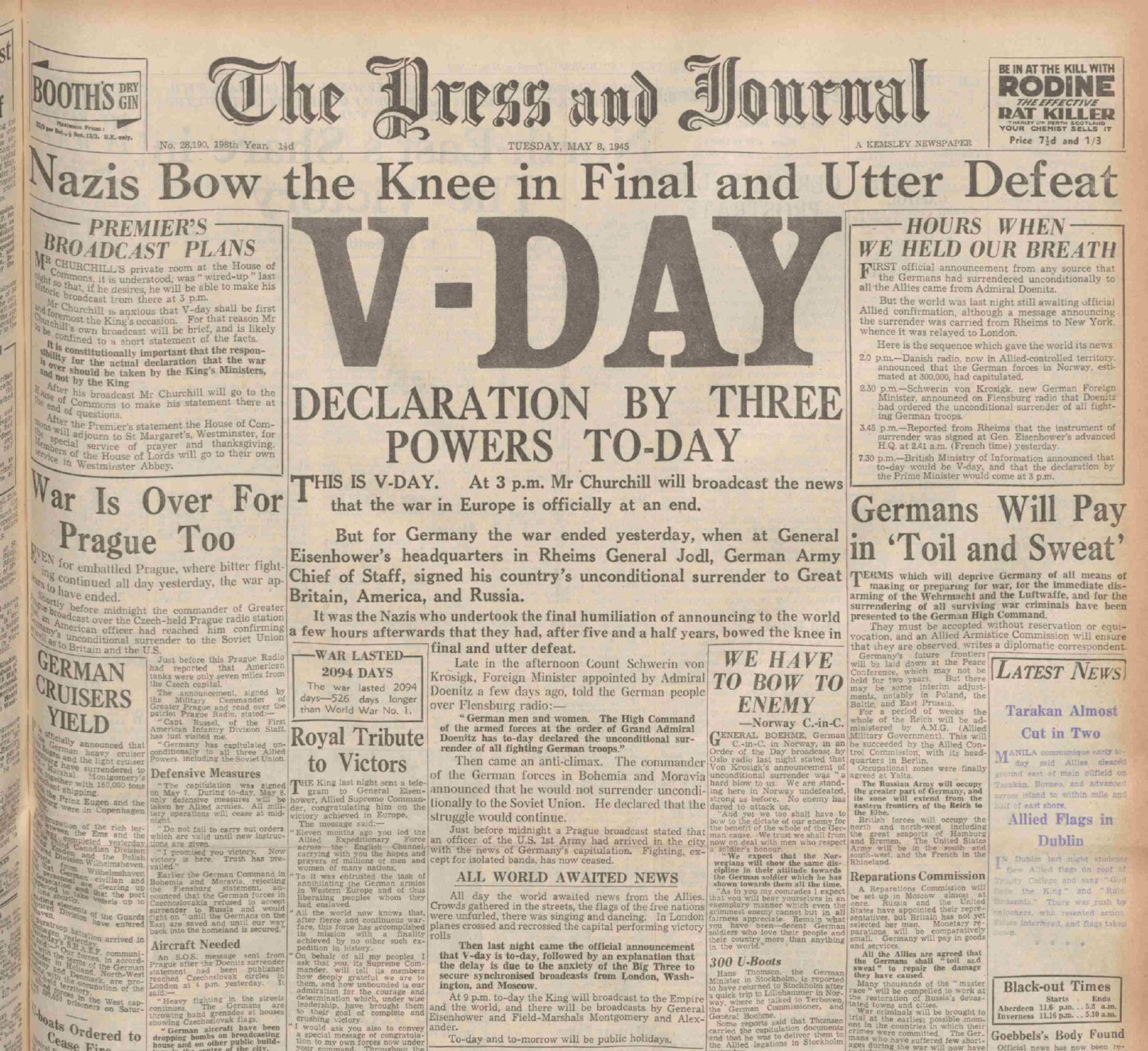
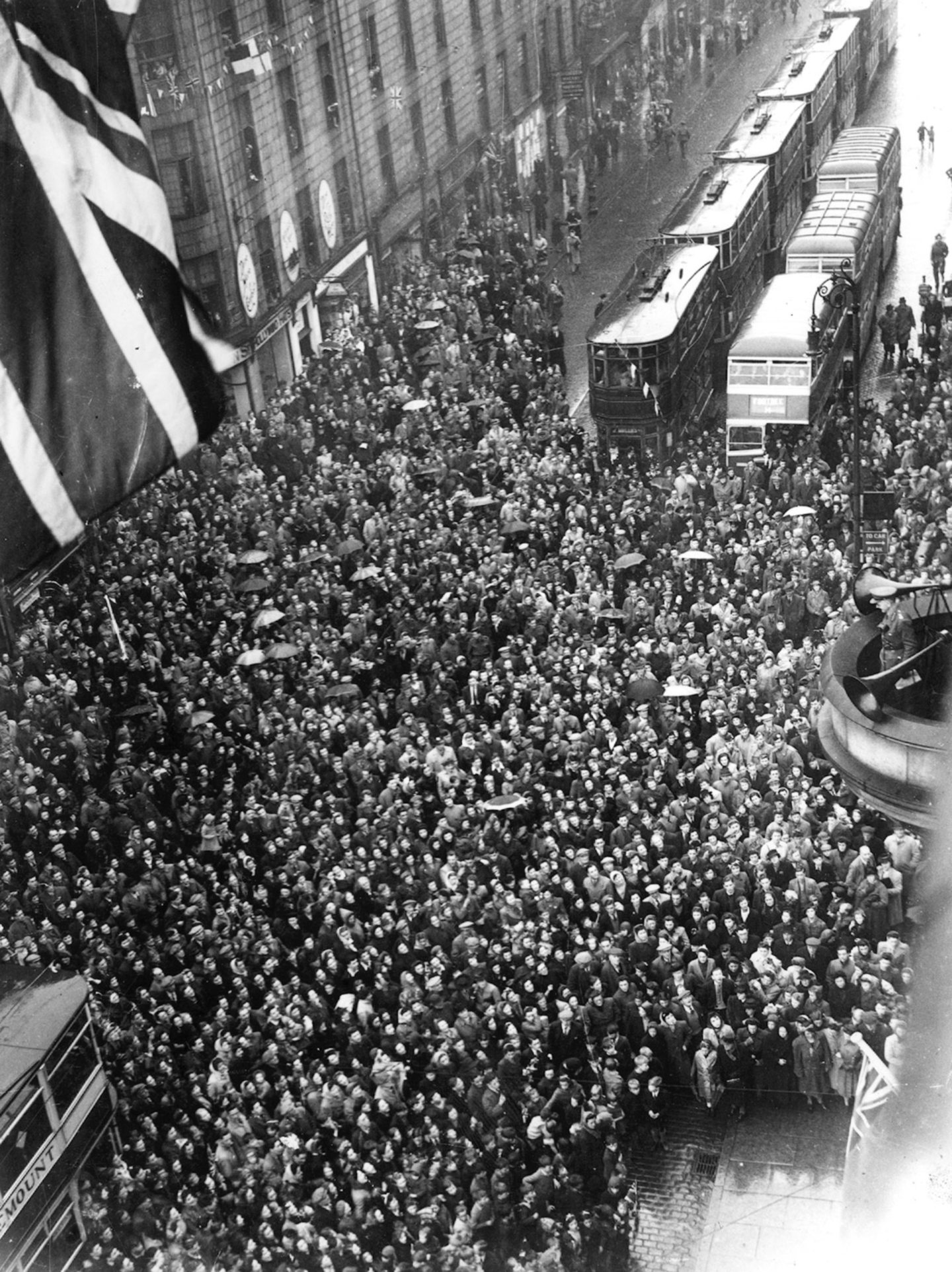
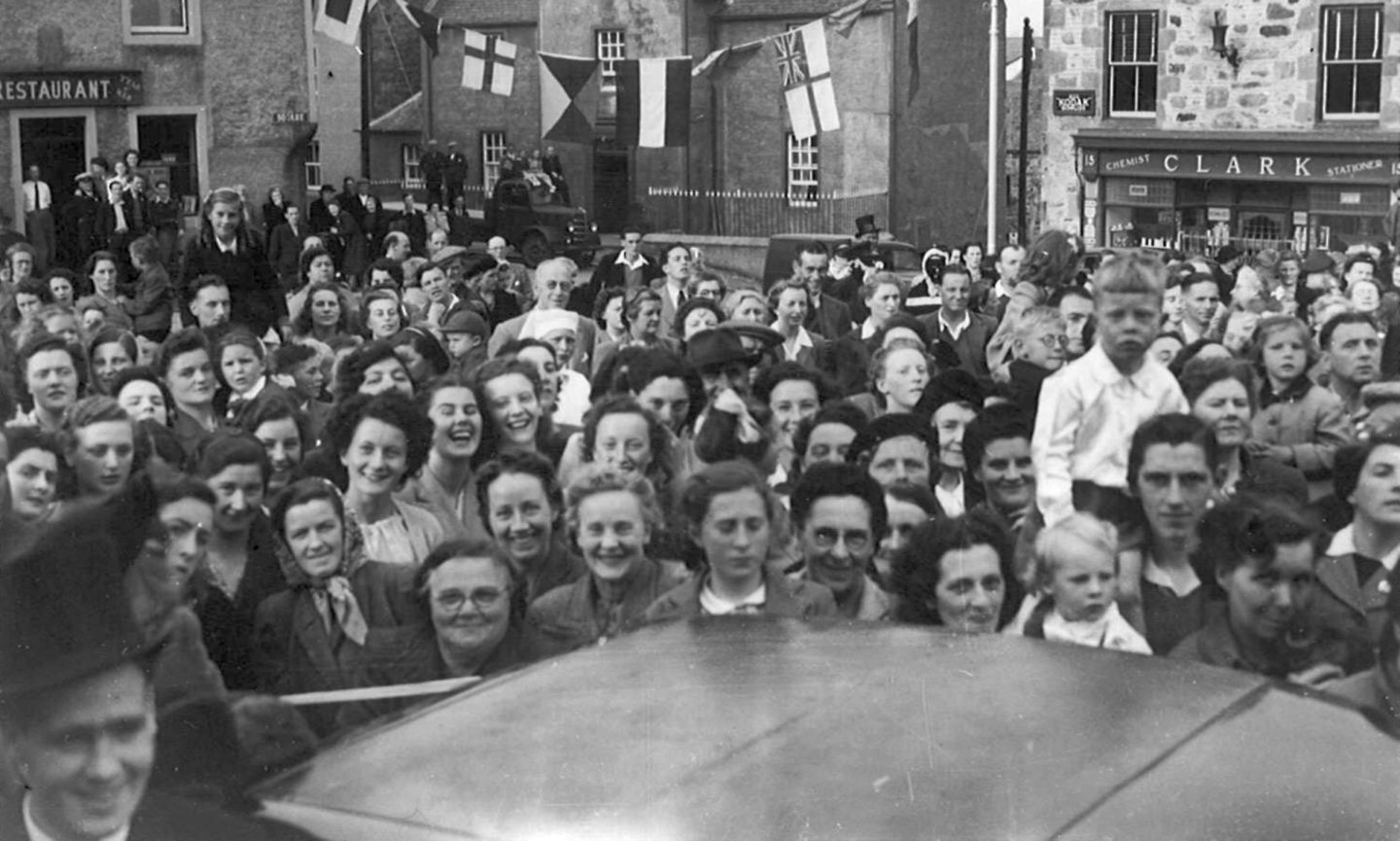
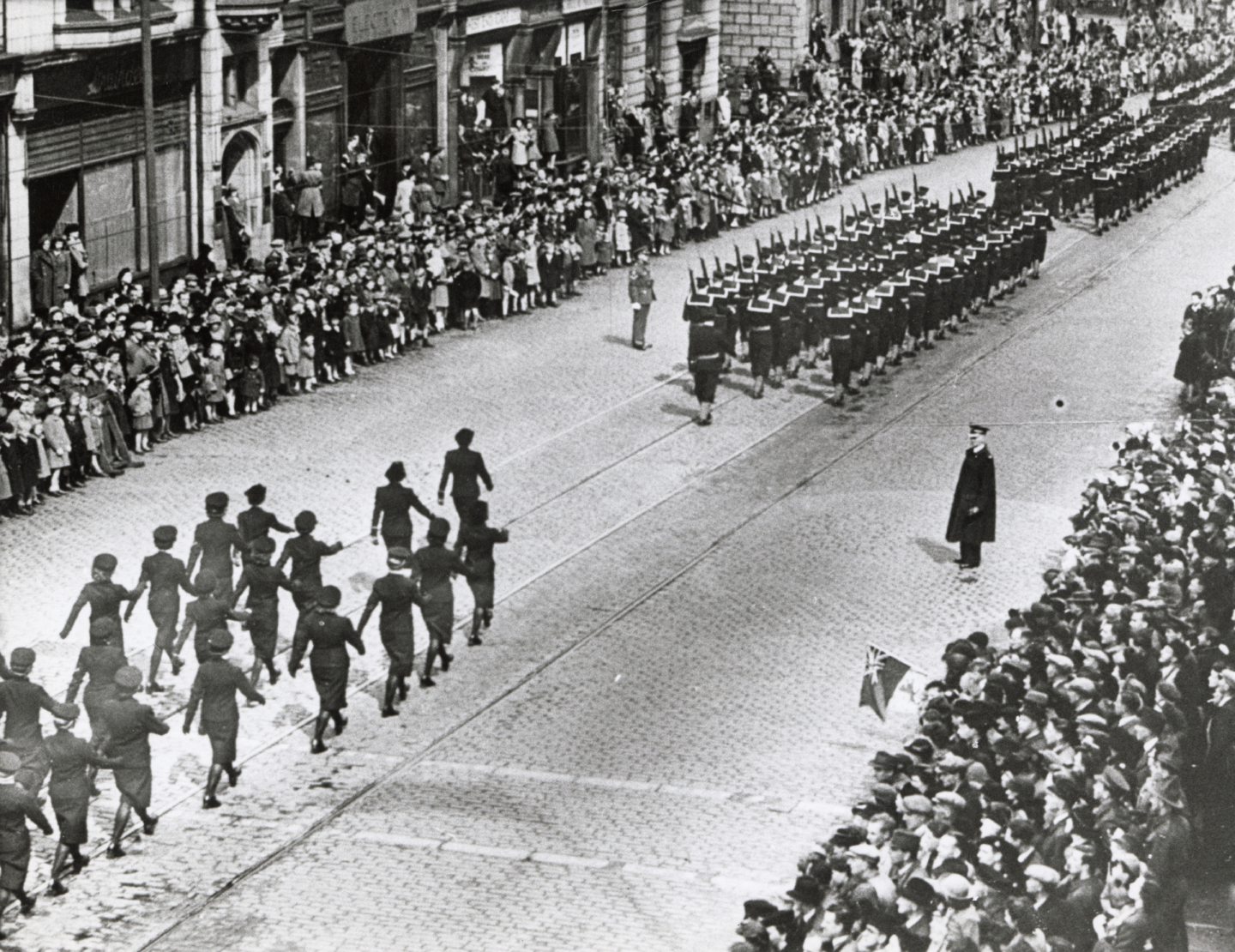
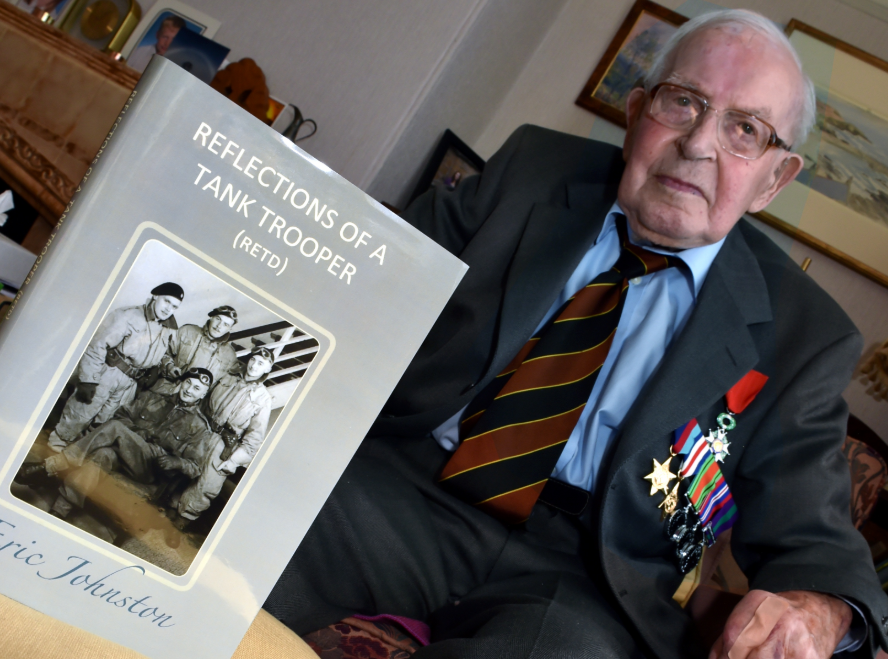
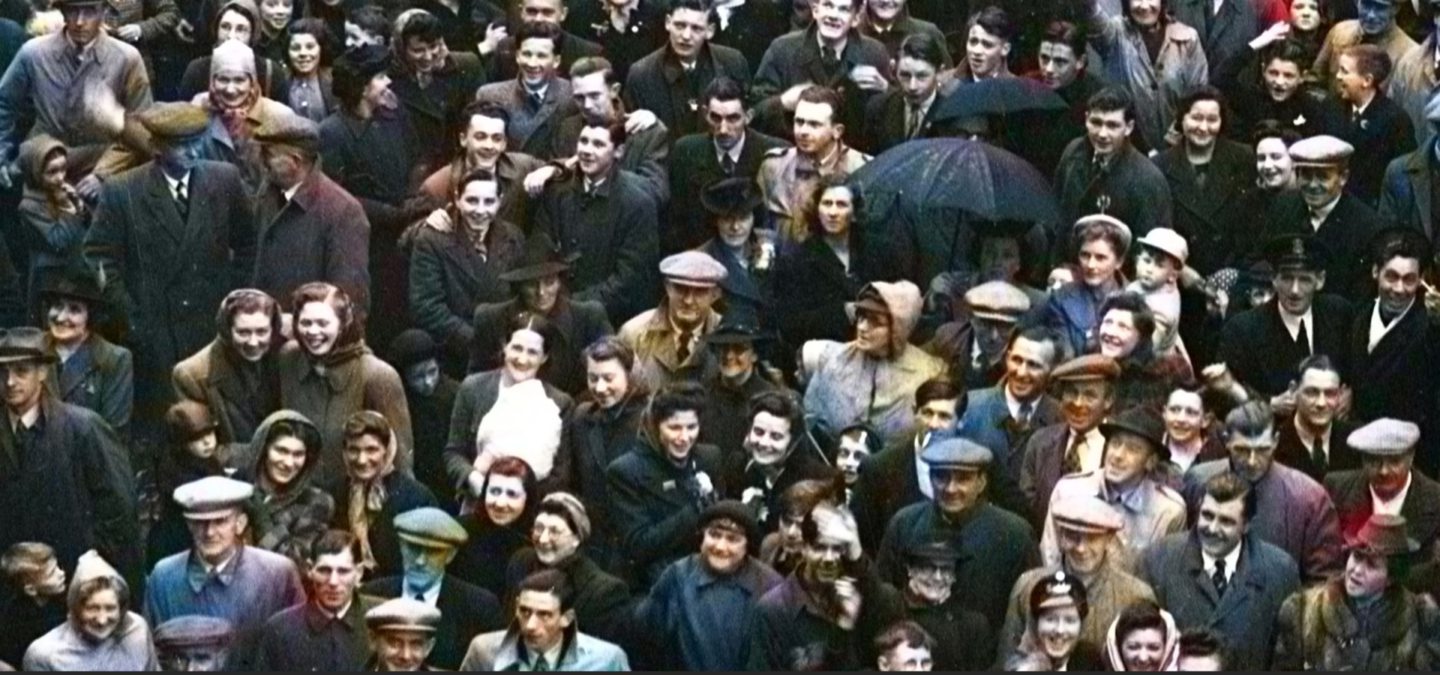
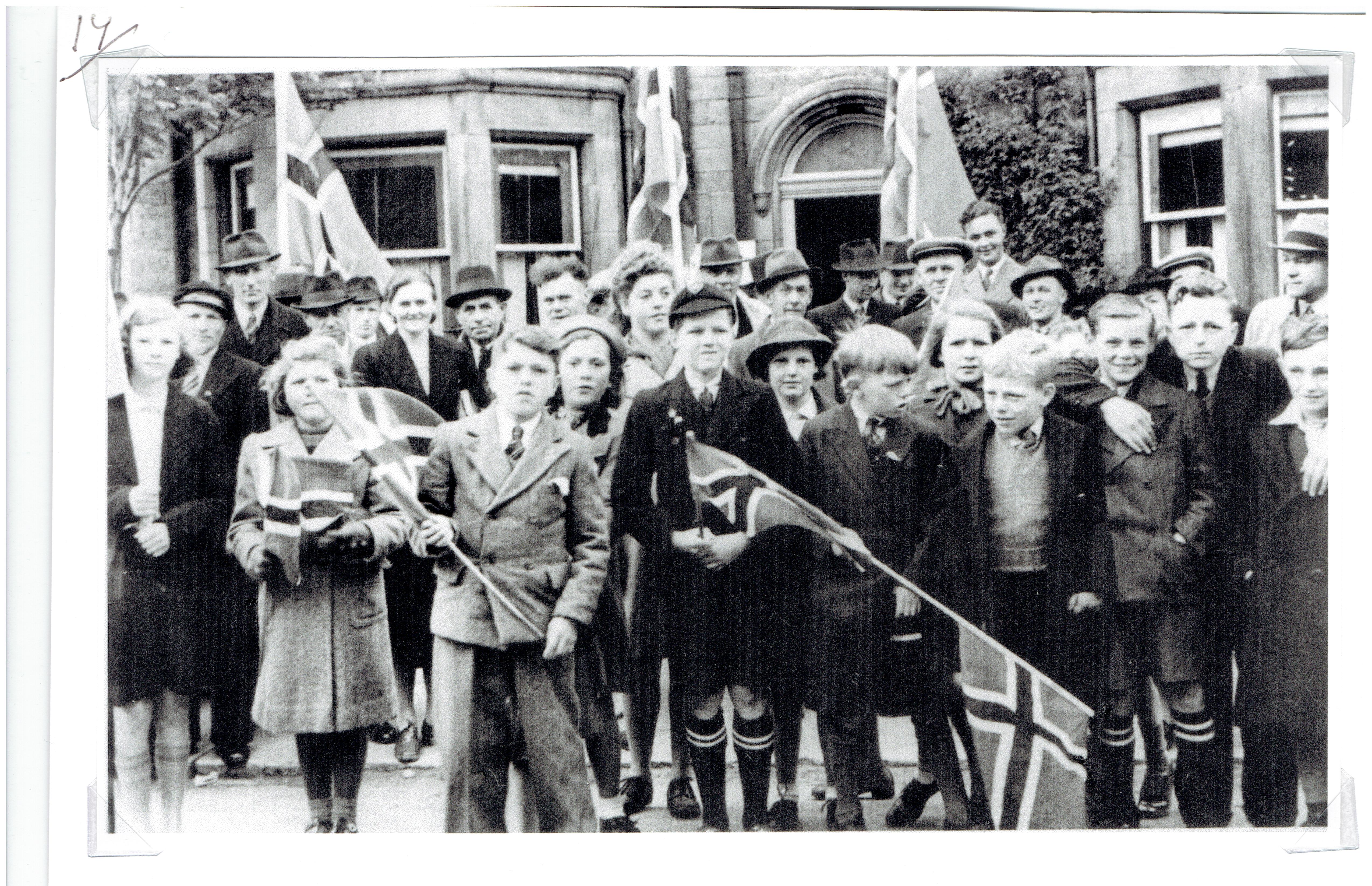
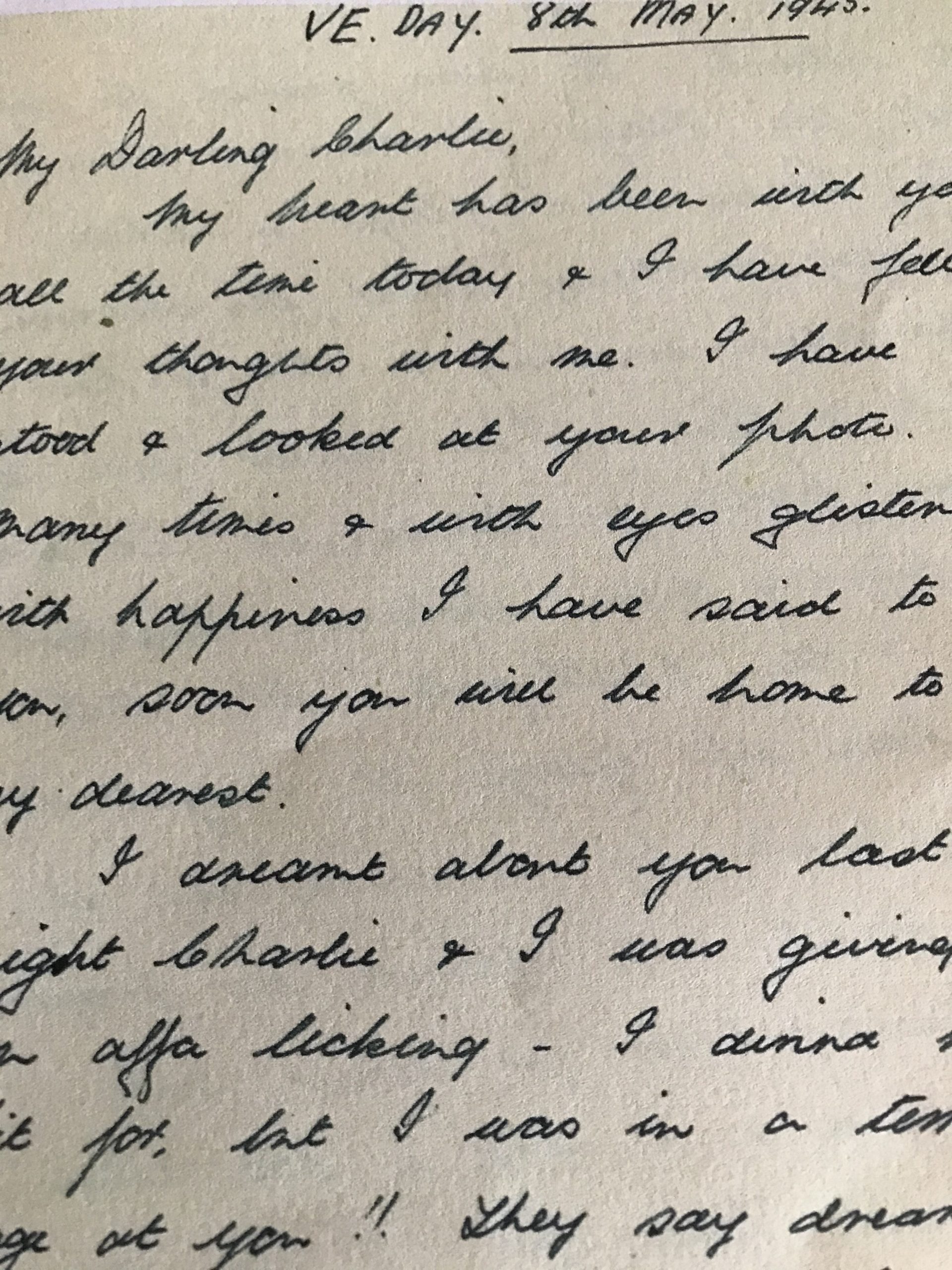
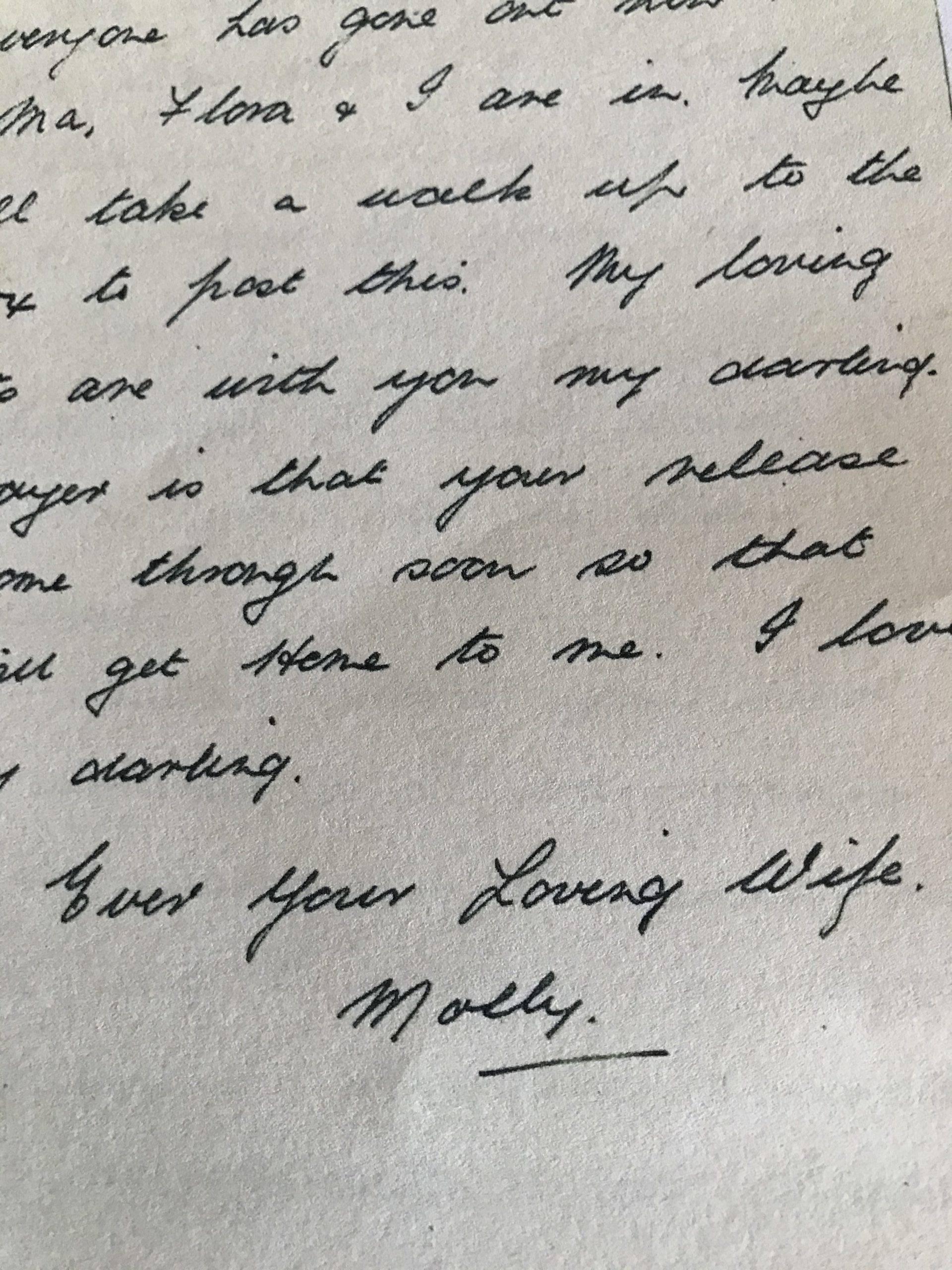
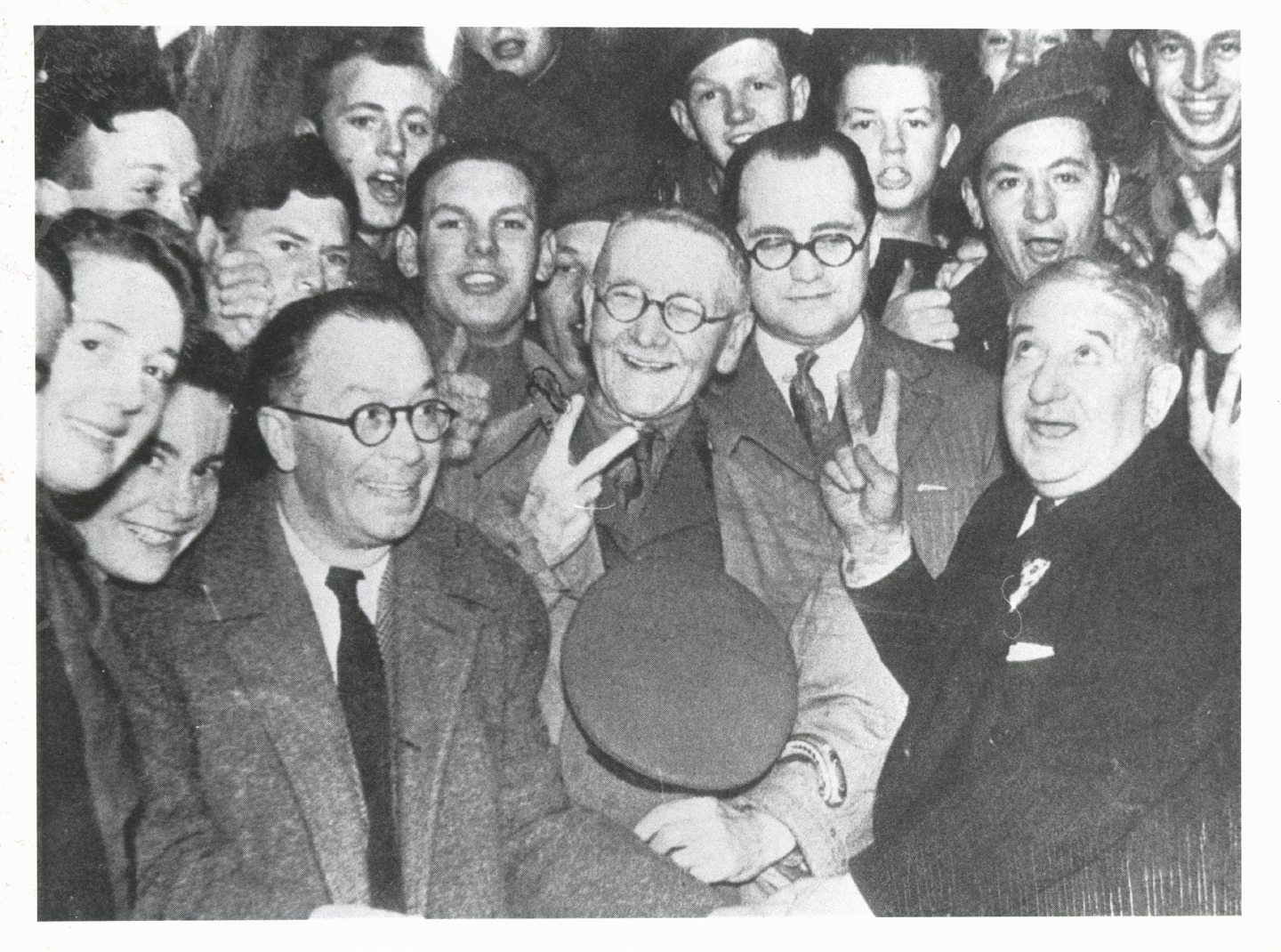
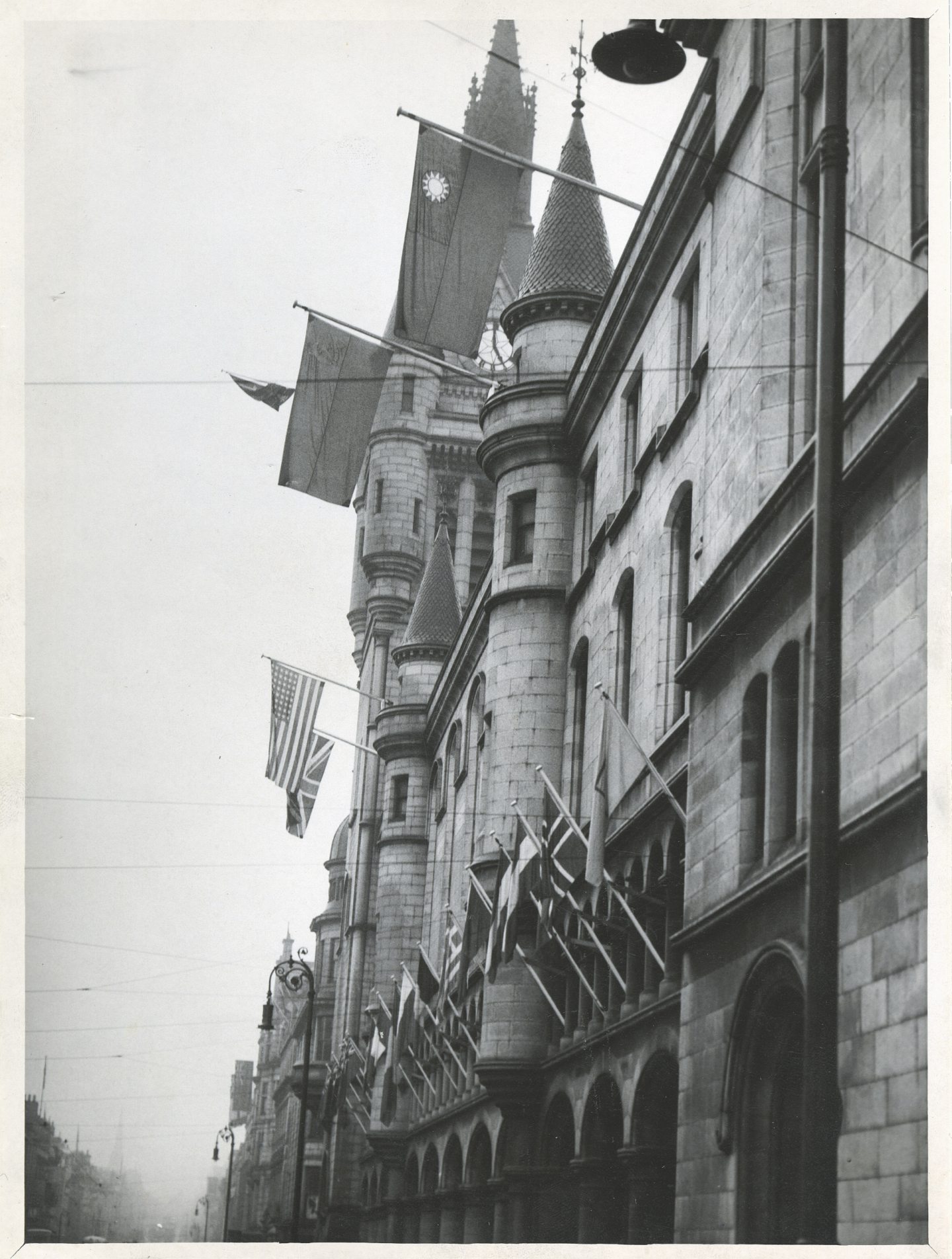
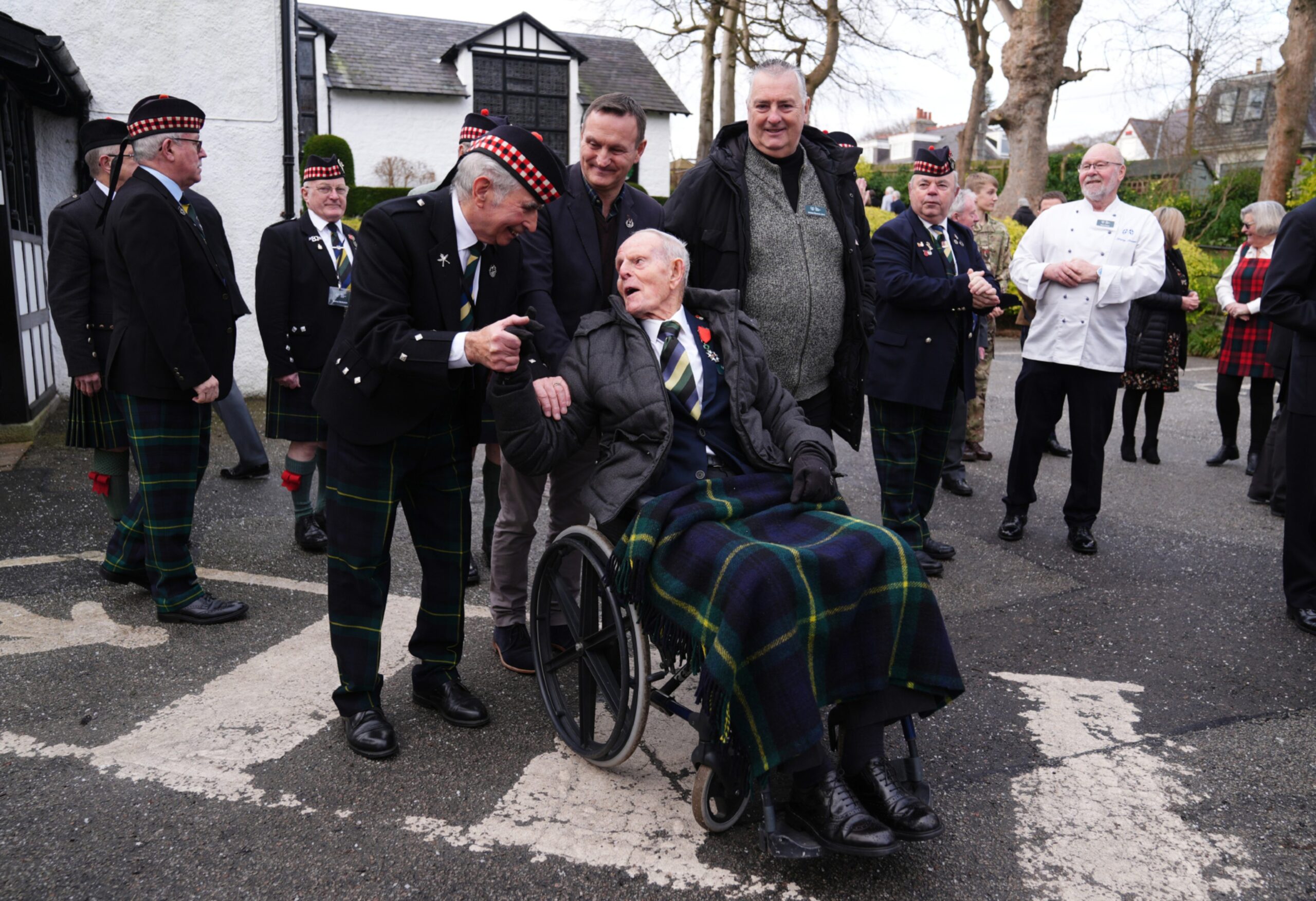
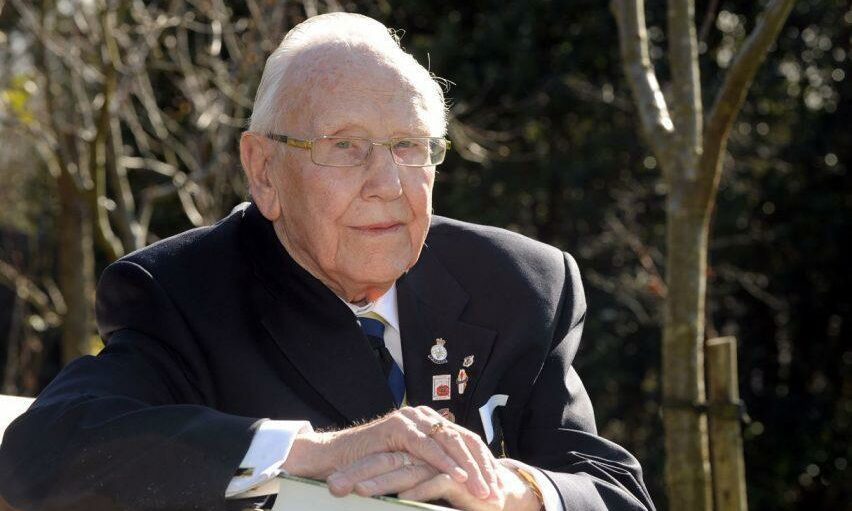
Conversation